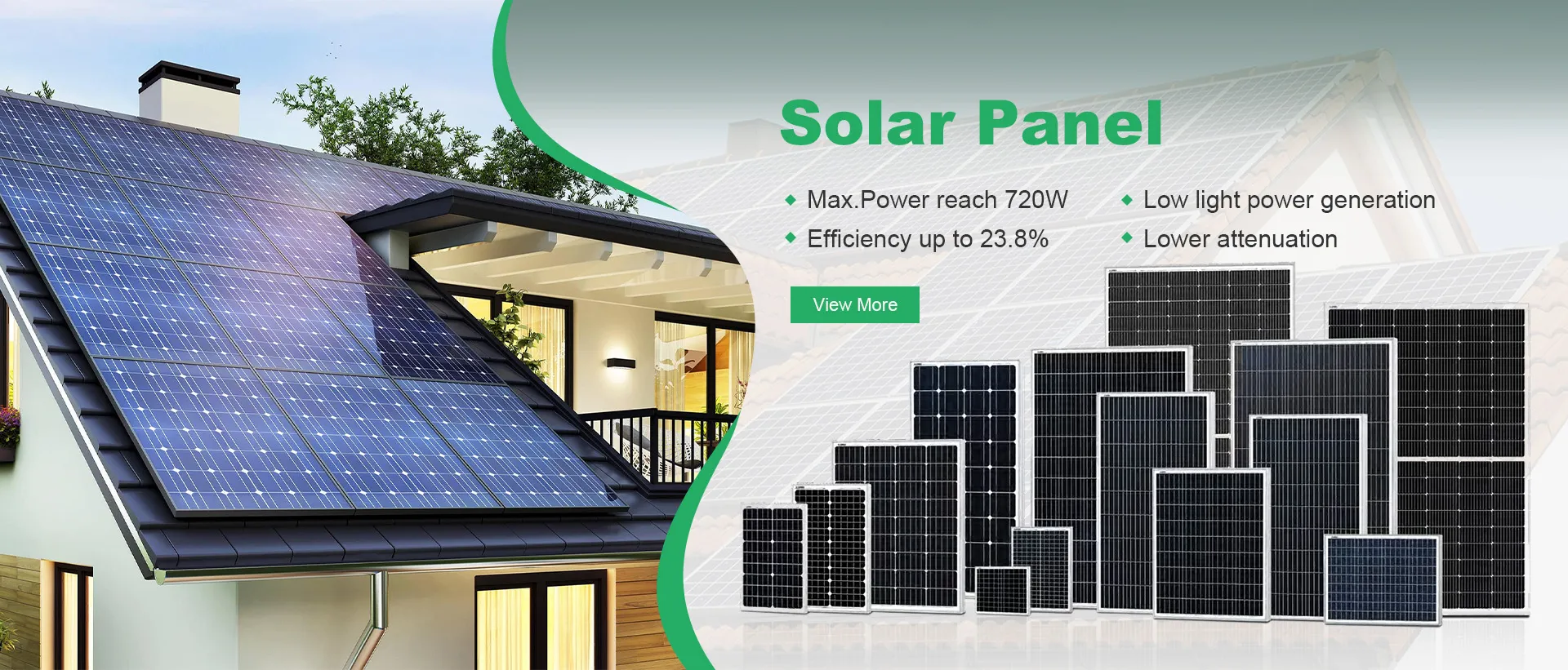Understanding the Dimensions and Specifications of a 150 Watt Solar Panel for Optimal Use
Understanding the Dimensions of a 150W Solar Panel
The adoption of solar energy has been on the rise over the past few decades, with advancements in technology leading to increased efficiency and affordability. Among the various options available, a 150W solar panel has gained popularity, especially for residential and small-scale applications. However, potential users often have questions about the dimensions of these solar panels, which can significantly impact their installation and overall efficiency.
What is a 150W Solar Panel?
A 150W solar panel is a photovoltaic module that has a maximum output power of 150 watts under optimal conditions (standard test conditions). This rating indicates the amount of electricity the panel can generate when it is in direct sunlight. 150W panels are commonly used for applications like powering small appliances, charging batteries, or contributing to a larger solar power system.
Typical Dimensions
The dimensions of a 150W solar panel can vary by manufacturer, but on average, you can expect them to measure approximately 1 meter by 1.65 meters (39 inches by 65 inches). This size makes them relatively easy to handle and install, particularly in residential settings where roof space may be limited. Some manufacturers might offer slightly different sizes, so it's essential to check the specifications for each panel before making a purchase.
Importance of Dimensions
The dimensions of a solar panel are crucial for several reasons
150w solar panel dimensions

1. Space Requirements Knowing the size of the panel is essential for determining how many panels can fit in your available space. For instance, if you have a small roof or limited ground space, the dimensions of each panel will dictate how many you can install to meet your energy needs.
2. Weight Considerations The physical size of the solar panel also affects its weight. A standard 150W panel typically weighs between 12 to 20 kilograms (26 to 44 pounds). Understanding the weight is vital for structural considerations, especially if you are mounting the panels on a roof.
3. Electrical Output While size does not directly equate to electrical output, larger panels generally have a higher wattage rating. Knowing the size and output helps in calculating the total potential energy generation when incorporating multiple panels into a system.
4. Installation Orientation The dimensions also determine how you can orient and install your solar panels. They can be mounted on roofs, along fences, or integrated into other structures. Smaller panels may offer more flexibility in installation, particularly in challenging locations.
Conclusion
When considering a 150W solar panel, understanding its dimensions is crucial for planning your solar energy system effectively. With the average size being roughly 1 meter by 1.65 meters, these panels can fit into various spaces while still delivering adequate power for small projects.
Before making a decision, ensure to compare the dimensions and weights of panels from different manufacturers, as this might influence the installation process and the overall design of your solar energy system. By taking the time to understand the dimensions and compatibility of your chosen solar panels, you can maximize the efficiency of your investment in renewable energy. With proper planning and consideration, a 150W solar panel can be a significant step towards harnessing the sun's energy and reducing your carbon footprint.
-
Unlocking Energy Freedom with the Off Grid Solar InverterNewsJun.06,2025
-
Unlock More Solar Power with a High-Efficiency Bifacial Solar PanelNewsJun.06,2025
-
Power Your Future with High-Efficiency Monocrystalline Solar PanelsNewsJun.06,2025
-
Next-Gen Solar Power Starts with Micro Solar InvertersNewsJun.06,2025
-
Harnessing Peak Efficiency with the On Grid Solar InverterNewsJun.06,2025
-
Discover Unmatched Efficiency with the Latest String Solar InverterNewsJun.06,2025







